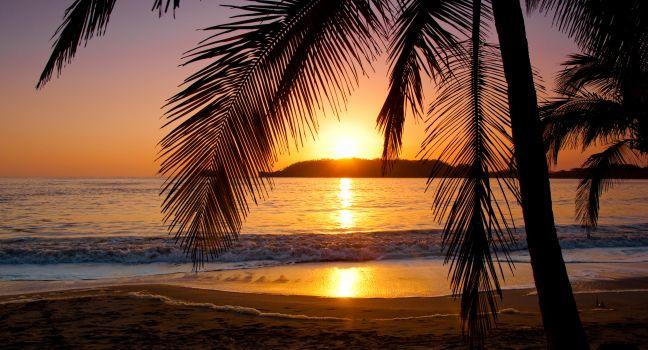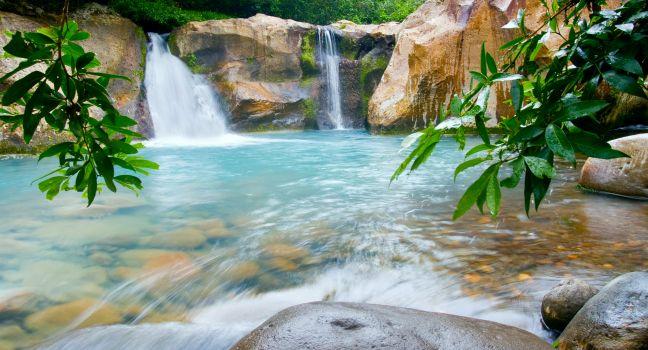Cabo Blanco Absolute Nature Preserve
Conquistadores named this area Cabo Blanco on account of its white earth and cliffs, but it was a more benevolent pair of foreigners—Swede Nicolas Wessberg and his Danish wife, Karen Mogensen, arriving here in the 1950s—who made it a preserve. Appalled by the first clear-cut in the Cabo Blanco area in 1960, the pioneering couple launched an international appeal to save the forest. In time their efforts led not only to the creation of the 12-square-km (4½-square-mile) reserve but also to the founding of Costa Rica's national park service, the National Conservation Areas System (SINAC). Wessberg was murdered on the Osa Peninsula in 1975 while researching the area's potential as a national park. A reserve just outside Montezuma was named in his honor. A reserve has also been created to honor his wife, who dedicated her life to conservation after her husband's death.
Informative natural-history captions dot the trails in the Cabo Blanco forest. Look for the sapodilla trees, which produce a white latex used to make gum; you can often see V-shape scars where the trees have been cut to allow the latex to run into containers placed at the base. Wessberg cataloged a full array of animals here: porcupine, hog-nosed skunk, spotted skunk, gray fox, anteater, cougar, and jaguar. Resident birds include brown pelicans, white-throated magpies, toucans, cattle egrets, green herons, parrots, and blue-crowned motmots. A fairly strenuous 10-km (6-mile) round-trip hike, which takes about two hours in each direction, follows a trail from the reserve entrance to
An official sign at the entrance warns people with cardiovascular problems NOT to walk the strenuous trail to Cabo Blanco beach.





